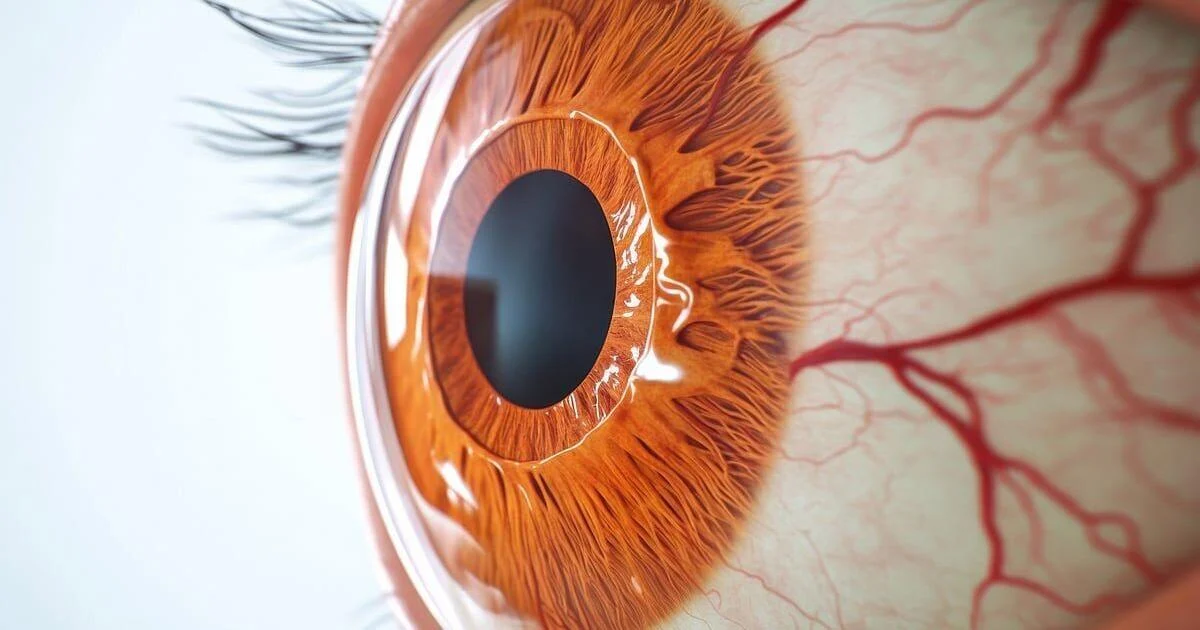Researchers at McMaster University and the Population Health Research Institute (PHRI) have discovered that the tiny blood vessels surrounding the human eye could serve as a vital indicator of both heart health and biological age.
Published in Science Advances, the groundbreaking study suggests that analyzing these minute retinal vessels may soon help doctors predict cardiovascular risks and detect vascular aging far earlier than current medical tools allow.
“By connecting retinal scans, genetics and blood biomarkers, we have uncovered molecular pathways that help explain how aging affects the vascular system,” said Marie Pigeyre, senior author of the study and associate professor in the Department of Medicine at McMaster University.
The large-scale research analyzed data from over 74,000 participants across four major studies. Findings showed that individuals with fewer branched blood vessels in their eyes were more likely to suffer from cardiovascular diseases, increased inflammation, and shorter lifespans.

Pigeyre noted that retinal scans may one day become a routine part of medical checkups, allowing physicians to identify early signs of vascular aging before serious heart conditions develop.
In addition to predicting disease, the study offers valuable insights into potential drug therapies aimed at maintaining vascular health, reducing the burden of heart disease, and ultimately enhancing longevity.
As technology advances, these retinal imaging techniques could revolutionize preventive healthcare, turning a simple eye scan into a window to the heart—literally and figuratively.




